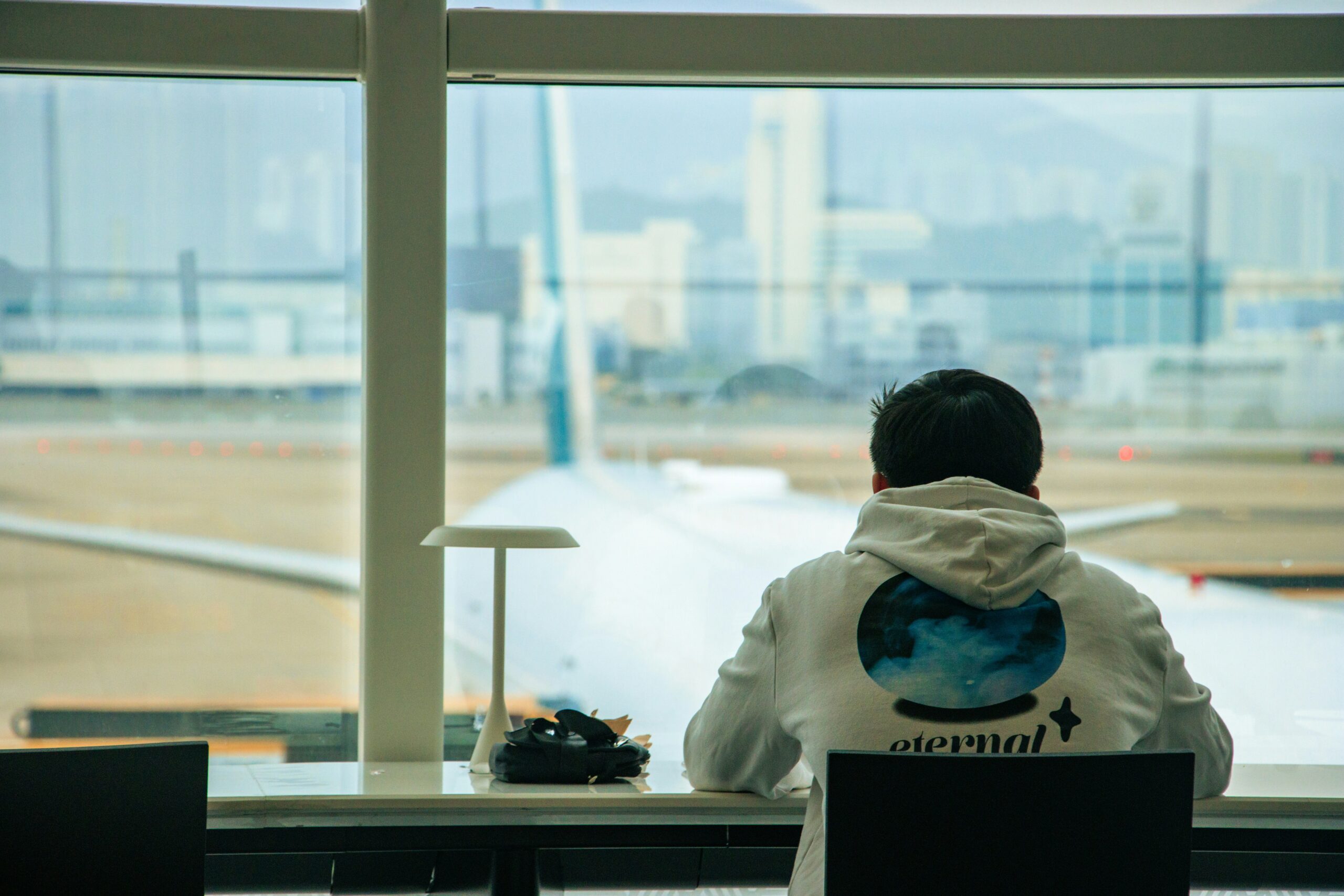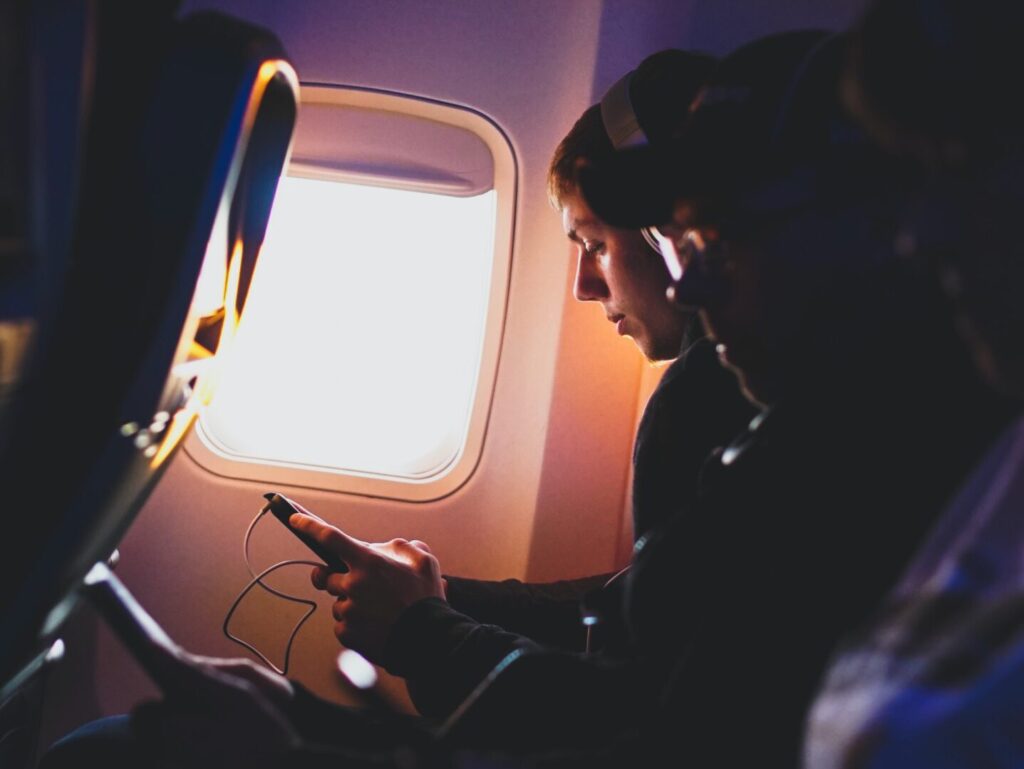Grim Outlook for U.S. Travel Industry: Full Recovery Not Expected Until 2026
International visitor numbers won’t reach pre-pandemic levels until 2025
by Lauren Smith
January 18, 2024

Photo: Courtesy of Henry Deng / Unsplash
The U.S. travel industry is not expected to return to its pre-pandemic levels until later in the decade, according to a pessimistic report from the U.S. Travel Association, despite an increase in international visitors and business travelers.
The report forecasts that international visitor numbers to the U.S. will rise to 98% of 2019 levels in 2024, but the global economic downturn, the strength of the U.S. dollar, and long visa wait times could deter travelers.
The report predicts that visitor numbers won’t return to pre-pandemic levels until 2025, while spending by these visitors, adjusted for inflation, won’t recover until 2026.

Photo: Courtesy of Daniel McCullough / Unsplash
While the international travel recovery is stalling in the U.S., other countries are bounding ahead, with some, including France and Spain, expanding their share of the global travel market. The U.S.’s share, in contrast, is contracting: it welcomed 5.3% of long-haul travelers last year, down from 5.4% in 2019.
These latest predictions echo a report on global travel competition that the U.S. Travel Association recently commissioned from market researcher Euromonitor. That report ranked the U.S. 17th out of 18th major travel destinations and blamed slow travel recovery on underinvestment, lack of government focus, and visa delays.
“While we inch back to pre-pandemic travel numbers, other countries are actively advancing strategies to gain international visitors and are now ahead of the United States in the race to win back the global travel market,” Geoff Freeman, President and CEO of the U.S. Travel Association, said.
The number of business travelers in the U.S., both domestic and international, will also rise from 89% of 2019 levels in 2023 to 95% by the end of 2024, with full recovery delayed until 2026.

Photo: Courtesy of Arawark Chen / Unsplash
Again, spending will lag even further. This year, domestic business travelers will spend just 87% of what they did in 2019, and international business travelers 78%. The U.S. Travel Association doesn’t expect business travel spending to reach pre-pandemic levels within the four-year scope of the report. In particular, growth in domestic business travel spending will be impeded by slackening economic growth in the U.S.
Domestic leisure travel reached full recovery in 2022, but growth in that sector will decelerate in 2024 amid a general contraction in consumer spending and as high-interest rates and tighter credit conditions drag down the country’s post-pandemic recovery.
The report also suggests measures the federal government could take to stimulate travel and keep pace with competing nations.
“The federal government can and must enact specific policies to jumpstart a more seamless, efficient, and globally competitive travel industry,” Geoff Freeman said.
Recommendations include slashing wait times for visa interviews, which remain above 400 days. The earlier report from the U.S. Travel Association suggested that visa delays will cost the U.S. $150 billion in spending over the next decade.
The U.S. should also install more biometric security systems at airports. Currently just one in three (36%) international airports have biometric entry and exit systems, with the understaffed Customs and Border Protection agency manually processing most arrivals.
Addressing Customs and Border Protection staff shortages would also reduce waiting times for customs at entry points—another recommendation of U.S. Travel.
The industry body also urges Congress to pass a long-term reauthorization of the Federal Aviation Administration (FAA). The Senate approved a short-term funding extension for the aviation regulator in December. That’s due to lapse in early March, causing uncertainty in the industry and stalling vital investments in the air travel system, including airport infrastructure and staffing.
Freeman has previously said that the stalled FAA reauthorization bill could correct years of federal underinvestment” in aviation and is essential to creating “a more modern, efficient and secure air travel system to meet increasing demand and grow the U.S. economy.”




